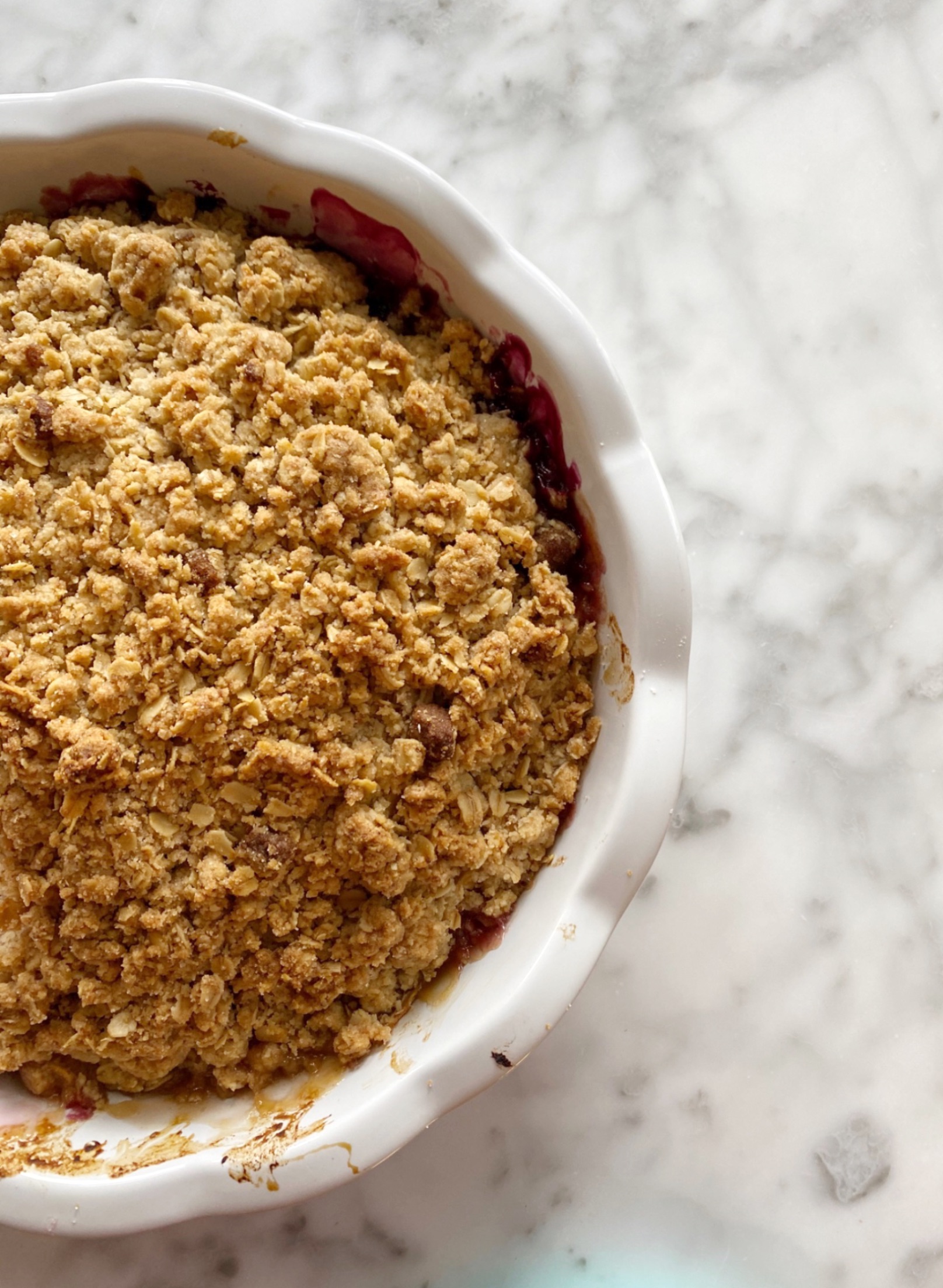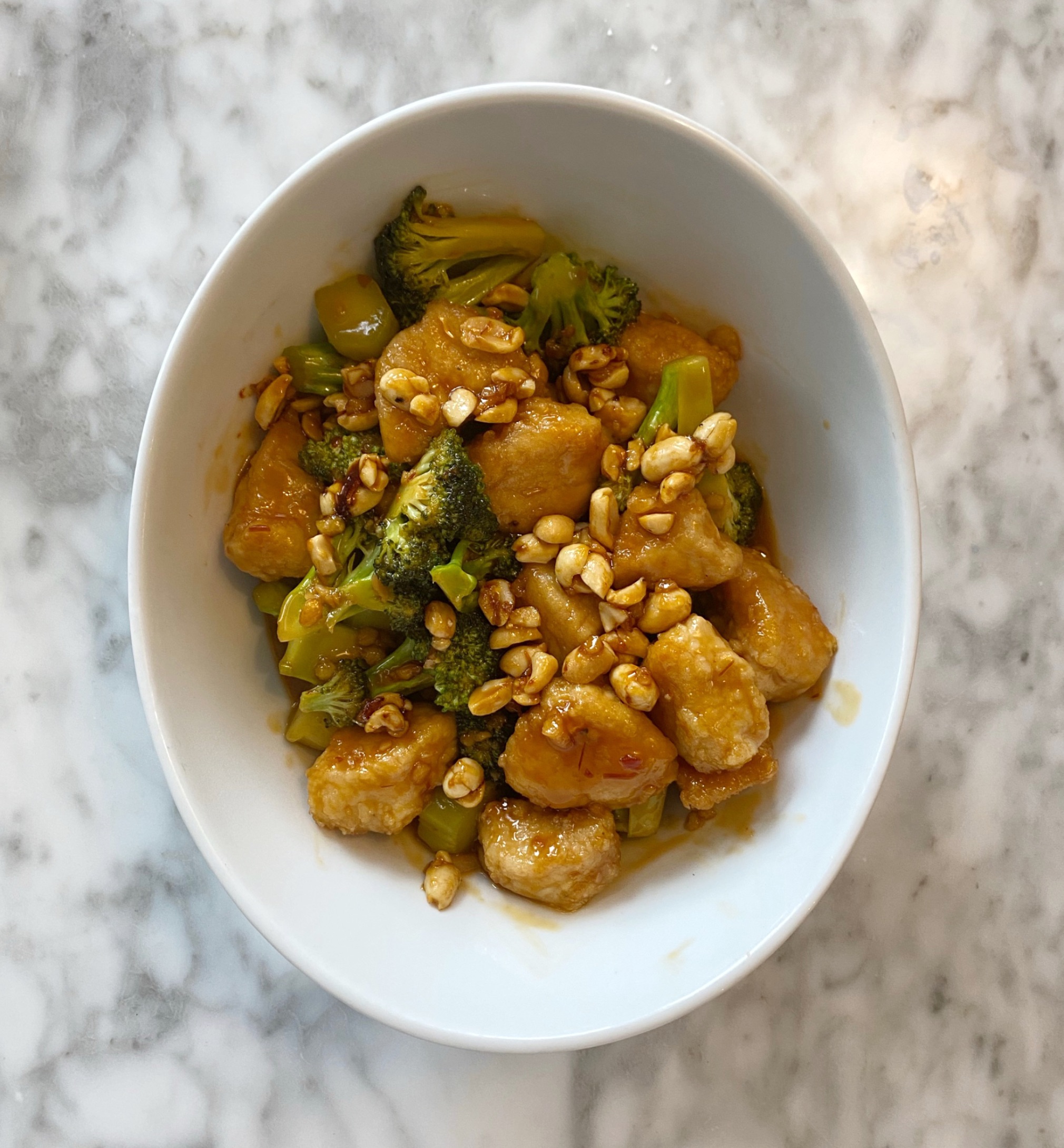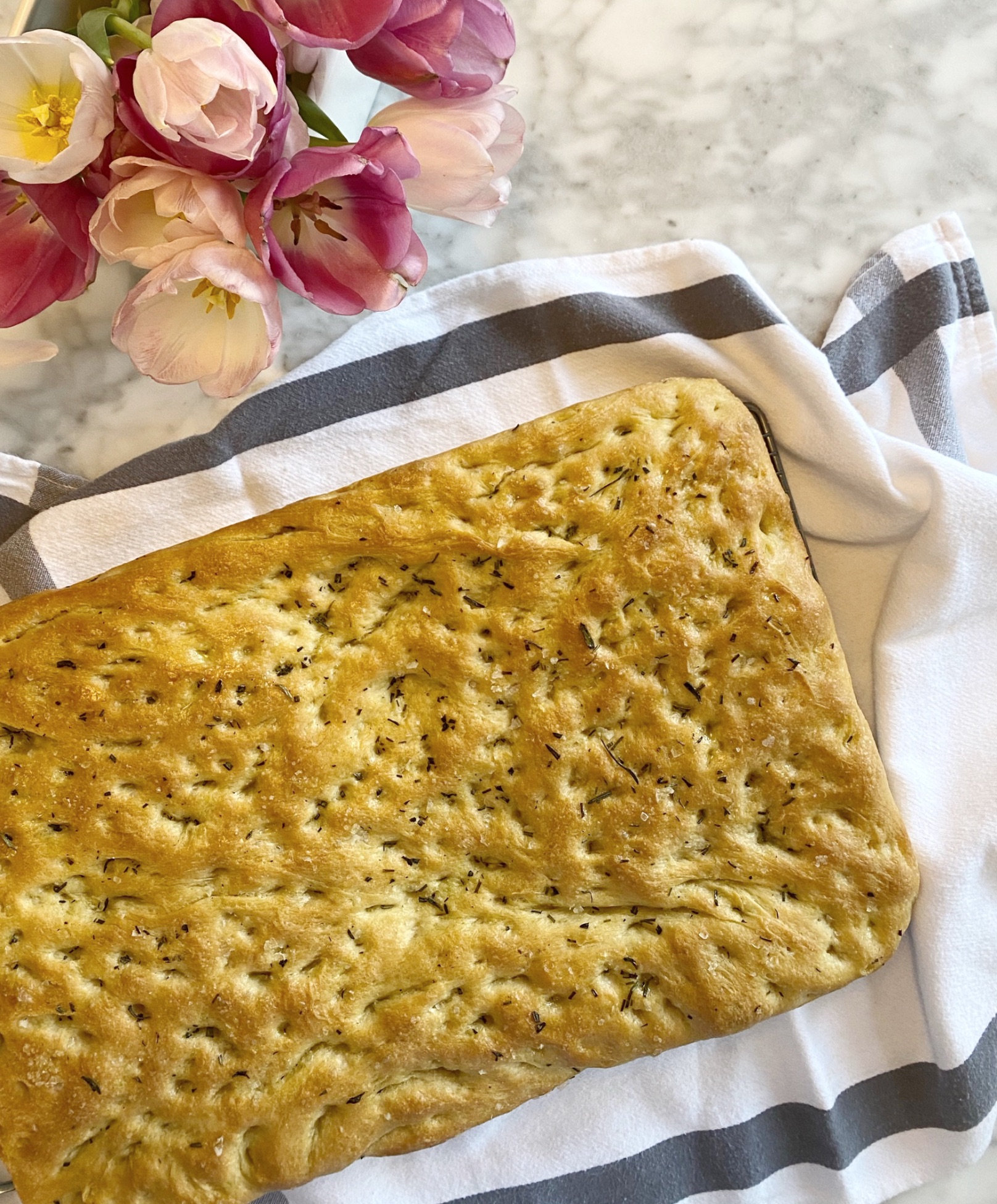sponsored
Back to basics: let’s use this time to create new family habits
April 21, 2020 | Nutrition
With the current pandemic disrupting our lives in so many different ways, it seems to be a time for change. It’s like our lifestyles have completely changed overnight and we had very little warning. We just woke up one day and found out everything would be different.
I’ve teamed up with Dairy Farmers of Ontario to give you the run down on how you can use this difficult time to create new and healthy habits which can continue beyond the pandemic. That’s the ideal goal and I’d like to help you make that happen!
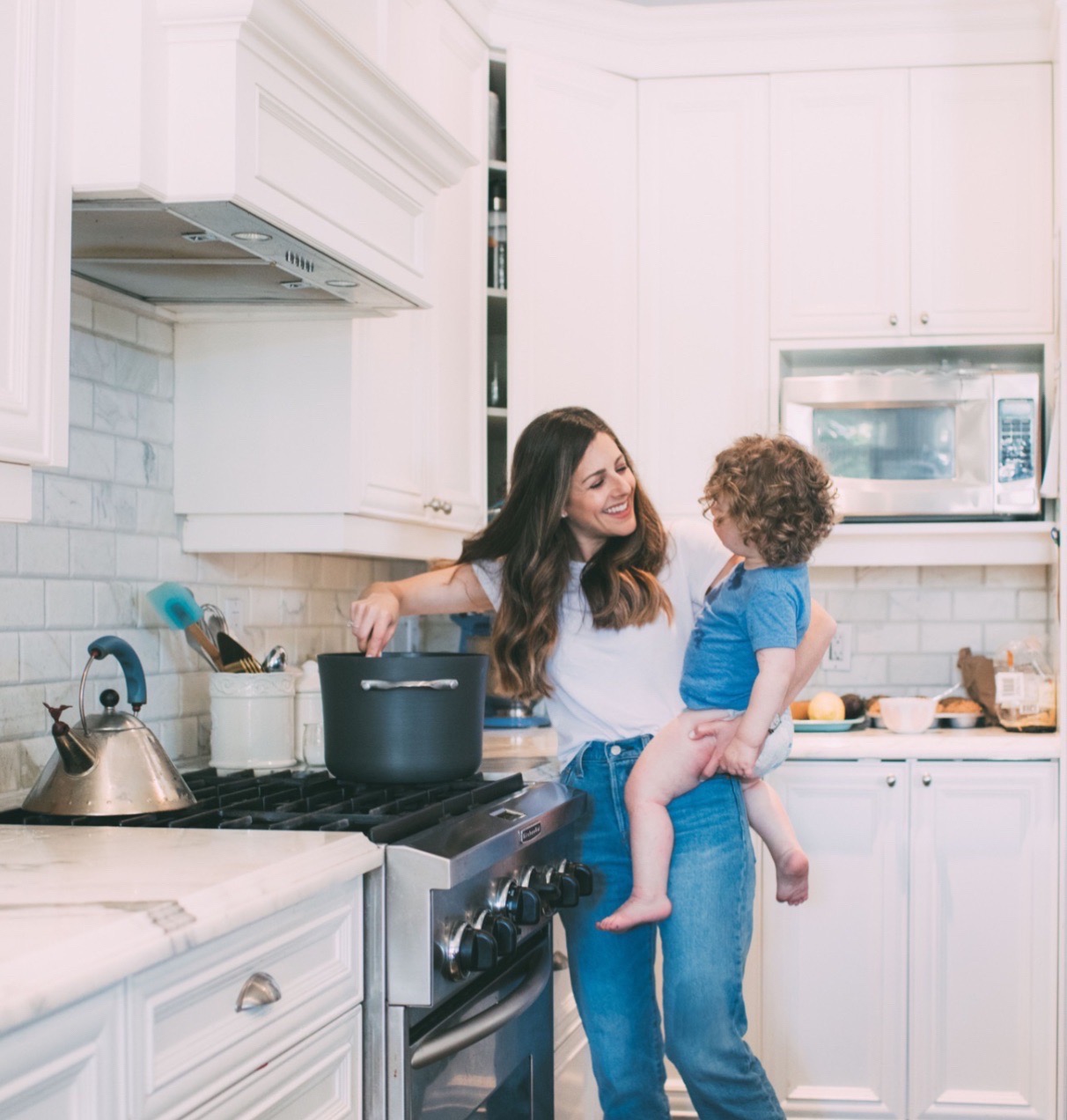
You might be wondering how you can achieve this? Well, it’s all about going back to basics: cooking more often, eating meals together as a family more often, and sticking with the classic staples (while doing away with overpriced trendy healthy foods). I’m going to highlight some of the things we can start incorporating NOW and how you can make these habits last. I think people are already doing a lot of this, which is amazing.
However, it’s important we don’t just fall back into our old routines. Let’s make the good stuff stick around for the long term. Here’s how.

1. STICK WITH CLASSIC STAPLES
In the past 5 years or so I’d say, uber trendy “health foods” have been over-the-top popular. Paleo this, Keto that. Gluten-free, grain-free, refined sugar free. Anything to slap on a label to make the consumer believe it is healthier and superior. (Brands – stop doing this please!)
But now look. When money is tight and we don’t have the luxury of shopping for a wide array of foods, all of the sudden people are returning to the basics. I think people have now realized what truly matters. They are able to put on their rational, good judgement lenses and stick with basics. The stores have put limits on things like dairy, eggs, bread and meat, yet there are no limits on keto buns or plant burgers.
With this shift, I think a lot of people who previously were opposed to certain foods are now returning to them. I don’t have the stats, but I would imagine for example a lot of people who previously avoided dairy by choice are now returning to dairy. I love seeing people in the kitchen now baking bread and making desserts with butter and sugar and not “healthifying” everything.
So why the return to classic staples like dairy? Right now, we need affordable nutrient-dense foods. And dairy is one of those it’s affordable; it lasts a long time and it is a good source of protein, calcium and vitamin D. Protein rich foods help to fill you up and keep you satisfied for a long time. So unlike some low protein milk alternatives, milk will actually be more satiating. Also, be sure to check labels because some nut milks for example contain as little as 1 g protein per whereas milk contains 8 g of protein (per cup).
I find if you have milk, yogurt and a nice variety of cheeses in the fridge, that will last you a very long time without having to refill at the store. It can serve as a versatile source of protein. Milk or yogurt in smoothies and baking? Check. Cheese in a variety of yummy vegetarian meals? Check.
2. RECLAIM YOUR KITCHEN!
I’ve noticed lately that a lot of people are enjoying this, and I think that is so wonderful. I have even noticed people cooking who pretty well hadn’t lifted a pan before. It’s really impressive and I want to applaud you all for that! A big factor is the fact that people now have the time to cook. As a result, they are really getting into it, enjoying and developing a healthier relationship with the kitchen. It doesn’t have to be fancy. It’s all about simple cooking with wholesome ingredients and using creativity to come up with a meal based on what you have. Now that is a skill which will pay off big time in the long run. Even if you can continue a fraction of what you are doing now after the pandemic, say twice a week, then that’s a win in my mind.
3. ENJOY MORE MEALS AS A FAMILY
If you have a family at home, you are most likely eating together more often now. I know we are. My husband is normally never home to eat dinner with the kids. But now we actually have meals together and it’s so nice (except when my kids are yelling or fighting, that is not nice and very unenjoyable).
I’m not saying we sit down for 3 meals/day together and honestly, with 3 kids, that would be a bit much. But it is well known the positive impact family meals have on children. So, if you can somehow keep up doing family meals for even 1 meal per day (even just breakfast some days), your kids will definitely benefit from that.
If you’re not doing family meals, consider incorporating this habit now while you can. We are all on screens all day. It’s unavoidable at this point, especially if you are working or in school. So, now more than ever, we need those family meals to have that face to face social interaction.
And remember, the concept of family meals does not have to always mean a home-cooked meal. It can mean eating frozen pizza together. The key here is TOGETHER.
My tips for family meals? Aim for 1 family meal/day; put phones away and try playing music to lift everyone’s mood and replace having the screens on at meal time.
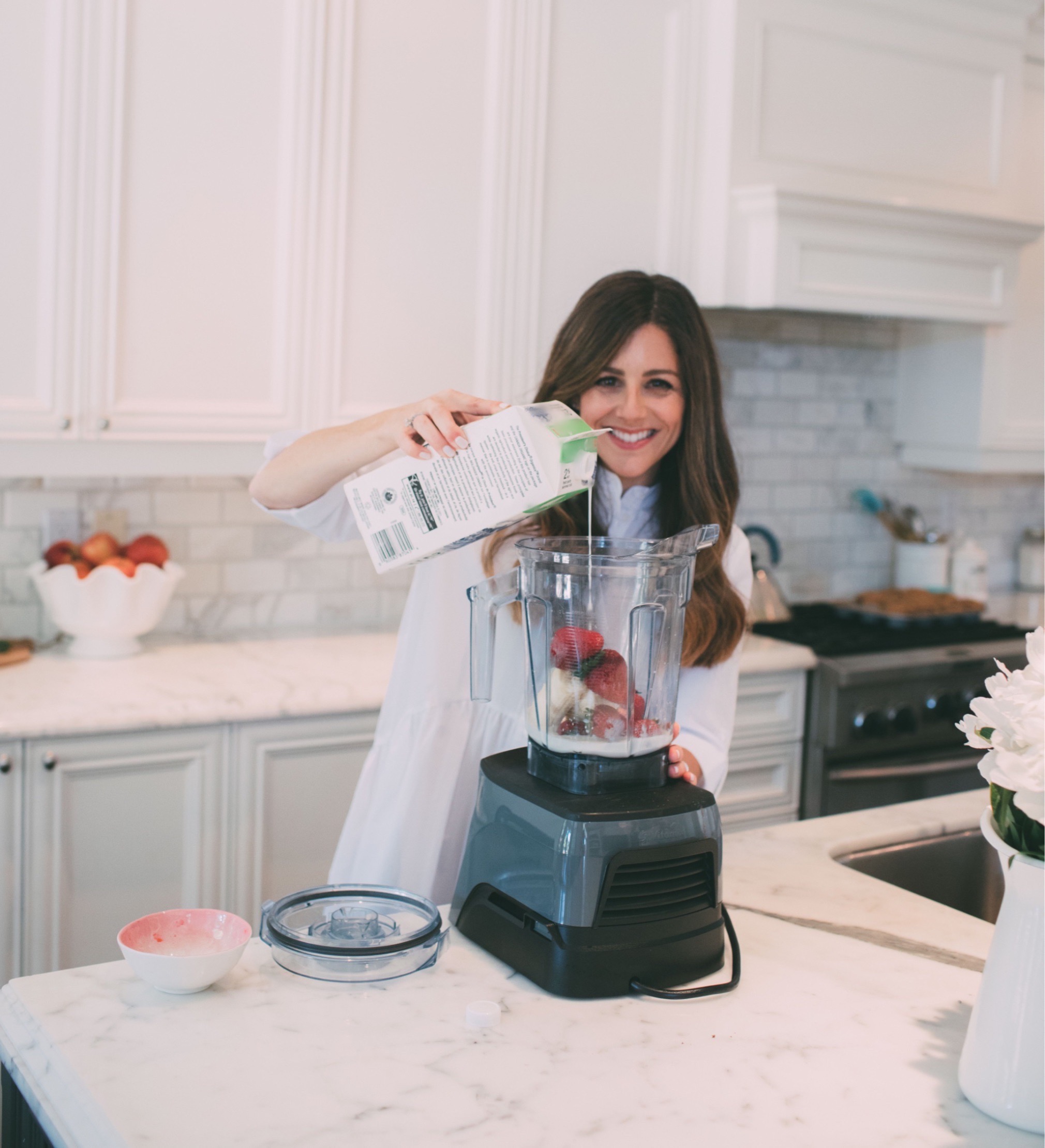
A LITTLE NOTE ABOUT VITAMIN D
Lastly, I did want to touch on Vitamin D for a moment. We need to remember how important it is to meet our Vitamin D needs. Interesting fact: Vitamin D is the only nutrient your body produces when you are exposed to the sun.
However, these days, we don’t have much access to sun.
Most people don’t have a yard or balcony, and so the majority of their days are spent indoors. Very few foods are good sources of Vitamin D. It’s helpful to remember that milk is fortified with 45% of your daily value for Vitamin D, per cup. So, it’s a very effective way to meet your needs through food. Keep in mind, plant-based alternatives can also be fortified, but make sure to check the label first.
To get you guys going in the kitchen, I’ve included a great recipe to add to your dinner rotation. This Cauliflower Fettuccine Alfredo is made with milk and because the sauce also has tons of cauliflower in it, it is very filling and satisfying. A great way to up your veggies and get some sunshine vitamin, all in the kitchen. Don’t forget to top it with lots of parm!
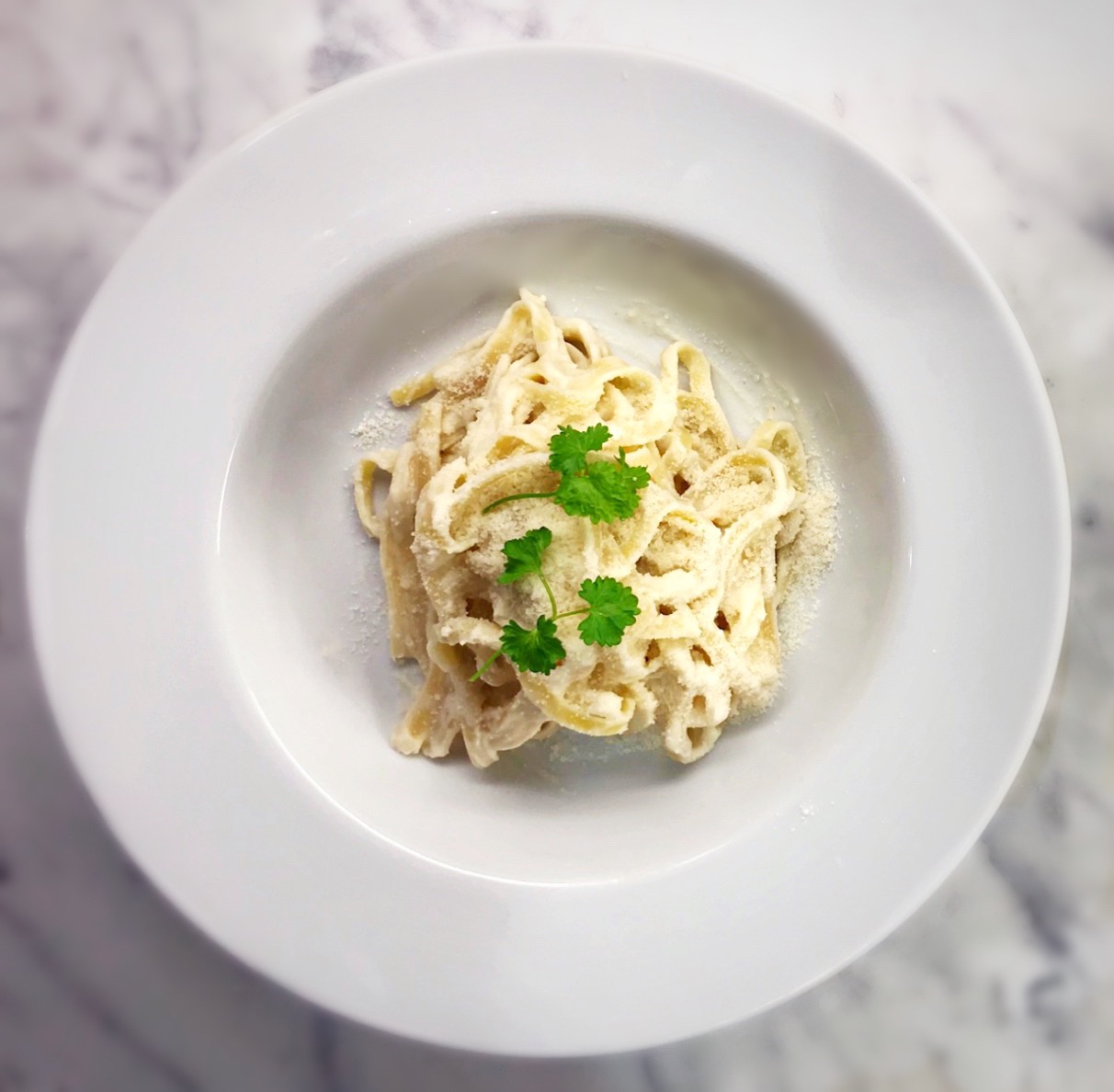
Enjoy!
xx Sammy
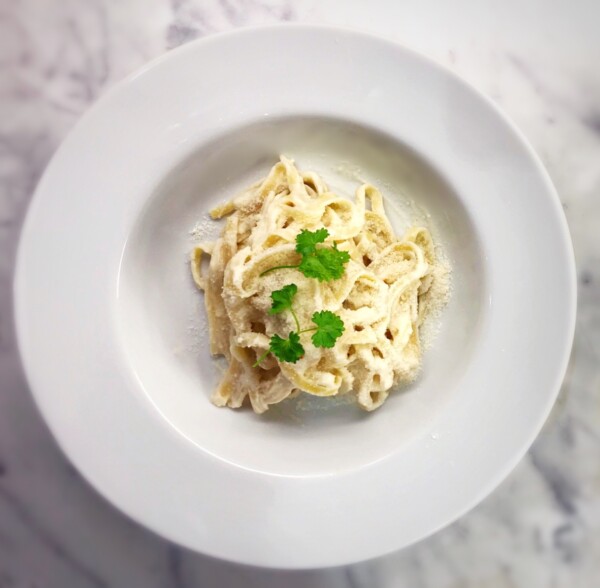
| Servings |
people
|
- 3 Tbsp butter approx
- 1 tsp red pepper flakes optional
- 4 cloves garlic minced
- 1 tsp nutmeg (optional)
- 1 large cauliflower cut into florets
- 1/2 cup milk 2% or Whole
- 500 grams Fettuccini
- Salt & pepper to taste
- Parmesan cheese
- Parsley optional, for garnish
Ingredients
|

|
- Melt butter over medium heat. Turn heat down to low, then and add red pepper flakes and garlic. Sauté for 1 minute or until garlic lightly golden and remove from heat. Set aside.
- Boil water and add cauliflower. Cook for approximately 6-8 minutes, or until fork tender.
- Transfer cauliflower to high powered blender (such as Vitamix) or food processor. Tip: use slotted spoon to transfer cauliflower to blender.
- To the blender, add ½ cup cauliflower cooking water, milk/cream, salt, pepper and nutmeg. Blend until as smooth. Stream butter mixture in slowly, continuing to blend. Add more liquid (milk) if needed to thin it out. Your sauce will be done when it looks like a smooth cream sauce.
- Turn cauliflower water back up to high heat and add pasta once boiling. Cook pasta until al dente.
- Drain pasta and return to pot (off heat).
- Add sauce to pot and combine gently with tongs.
- Top fettucine generously with parmesan and garnish with parsley.
- Serve immediately.

